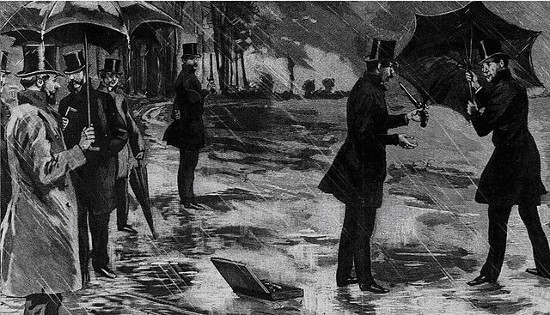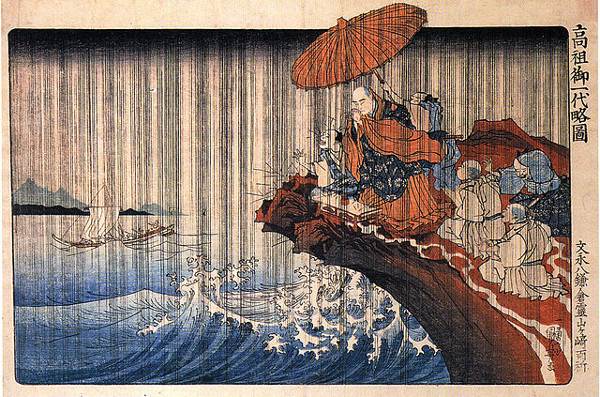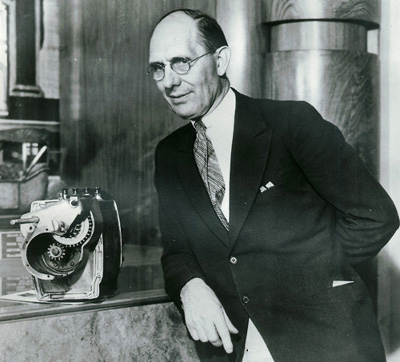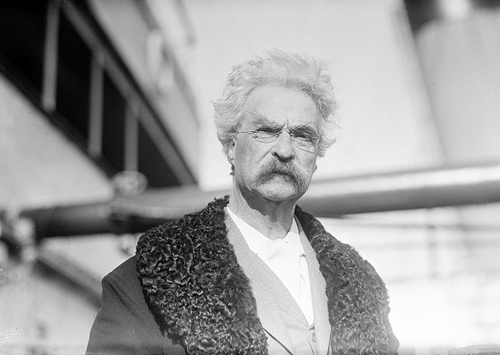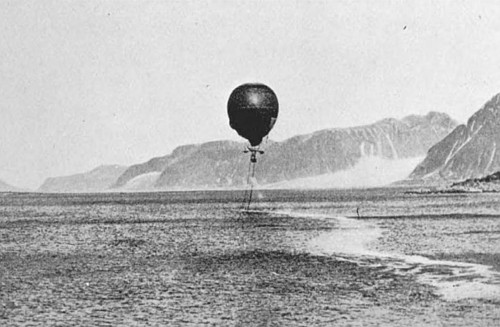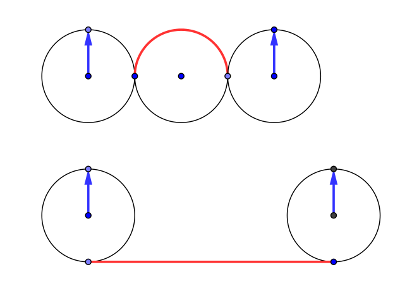Morse code palindromes, contributed by reader Dave Lawrence:
ANNEXING ·- -· -· · -··- ·· -· --·
BEEFIEST -··· · · ··-· ·· · ··· -
DEFOREST -·· · ··-· --- ·-· · ··· -
ESTHETES · ··· - ···· · - · ···
FINAGLED ··-· ·· -· ·- --· ·-·· · -··
HEARTIES ···· · ·- ·-· - ·· · ···
HECTARES ···· · -·-· - ·- ·-· · ···
INDEBTED ·· -· -·· · -··· - · -··
INTERNAL ·· -· - · ·-· -· ·- ·-··
INTUITED ·· -· - ··- ·· - · -··
RECENTER ·-· · -·-· · -· - · ·-·
SATIATES ··· ·- - ·· ·- - · ···
SEVENTHS ··· · ···- · -· - ···· ···
SHEEPISH ··· ···· · · ·--· ·· ··· ····
SOPRANOS ··· --- ·--· ·-· ·- -· --- ···
SUBHEADS ··· ··- -··· ···· · ·- -·· ···
WAVERING ·-- ·- ···- · ·-· ·· -· --·
WRECKING ·-- ·-· · -.-· -.- ·· -· --·
ANTICKING ·- -· - ·· -·-· -·- ·· -· --·
FOOTSTOOL ··-· --- --- - ··· - --- --- ·-··
FRESHENED ··-· ·-· · ··· ···· · -· · -··
INCIDENCE ·· -· -·-· ·· -·· · -· -·-· ·
SATURATES ··· ·- - ··- ·-· ·- - · ···
SIDELINES ··· ·· -·· · ·-·· ·· -· · ···
INITIALLED ·· -· ·· - ·· ·- ·-·· ·-·· · -··
INTERSTICE ·· -· - · ·-· ··· - ·· -·-· ·
RESEARCHER ·-· · ··· · ·- ·-· -·-· ···· · ·-·
WINTERTIME ·-- ·· -· - · ·-· - ·· -- ·
ANTIQUATING ·- -· - ·· --·- ··- ·- - ·· -· --·
INTERPRETED ·· -· - · ·-· ·--· ·-· · - · -··
PROTECTORATE ·--· ·-· --- - · -·-· - --- ·-· ·- - ·
INTRANSIGENCE ·· -· - ·-· ·- -· ··· ·· --· · -· -·-· ·
He notes that, perhaps fittingly, the word with the longest run of dots is OBSESSIVE, with 18: --- -··· ··· · ··· ··· ·· ···- ·

